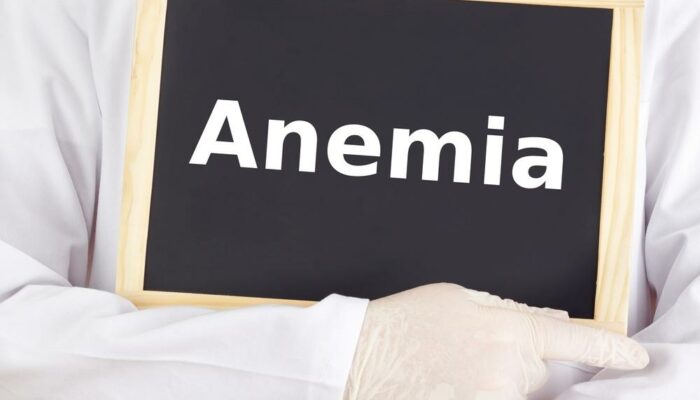
Diagnosis and treatment of macular degeneration
Our body is very intricately designed with a lot of organs carefully placed in the right position so that they can coordinate in perfect fashion with the other organs and help us lead an efficient life and experience and live our lives completely. The problem comes when one of these small organs faces some kind of problem or when one of its parts is damaged beyond repair and cannot be taken care of. When something like that happens, the function of the entire organ gets compromised and it becomes extremely difficult to use that organ effectively. When these things do occur, it is important that they get diagnosed and treated at an early stage so that the severity of the situation reduces or at least gets postponed to a much later stage. Macular degeneration is the degeneration of the small, central portion of the retina called macula.
This disease can be identified in a normal eye exam. As this disease develops, tiny yellow deposits called drusen accumulate under the retina or pigment clumping occurs. This is one of the symptoms that happen through disease development. This can be observed by the doctor when the eyes are examined. During the checkup, the doctor might ask you to look at the Amsler grid which is a picture similar to that of a checkerboard made of some straight lines. If you find some of the lines to be missing or if you find some of the straight lines to be wavy, it could be a sign indicating towards macular degeneration. If this is diagnosed, one might go through a process called angiography or an OCT to detect if there any vessels leaking fluid or blood in the area of the macula.
While there is no treatment that can completely treat the disease, there are still options which are capable of reducing the severity of vision loss or slowing down the progression to the least. Some anti-angiogenesis drugs can be used in order to control or reduce the development of any new blood vessels in the eye which would further lead to wet macular degeneration. Laser therapy is another option which could be used to actively destruct any blood vessels with abnormal growth. Photodynamic laser therapy employs a drug in its first step which gets absorbed by the abnormal blood vessels. This drug then gets activated by a cold laser and further destroys these blood vessels with abnormal growth. Low vision aids can be of extreme use to people having vision loss from macular degeneration. They are special lenses or electronic systems which work by producing enlarged images of the objects in front of them and help them make the most out of whatever vision is left. Submacular surgery can be done to remove abnormal blood vessels. Currently, a lot of research is still going on for the development of new treatments options in order to cure the disease of macular degeneration.



